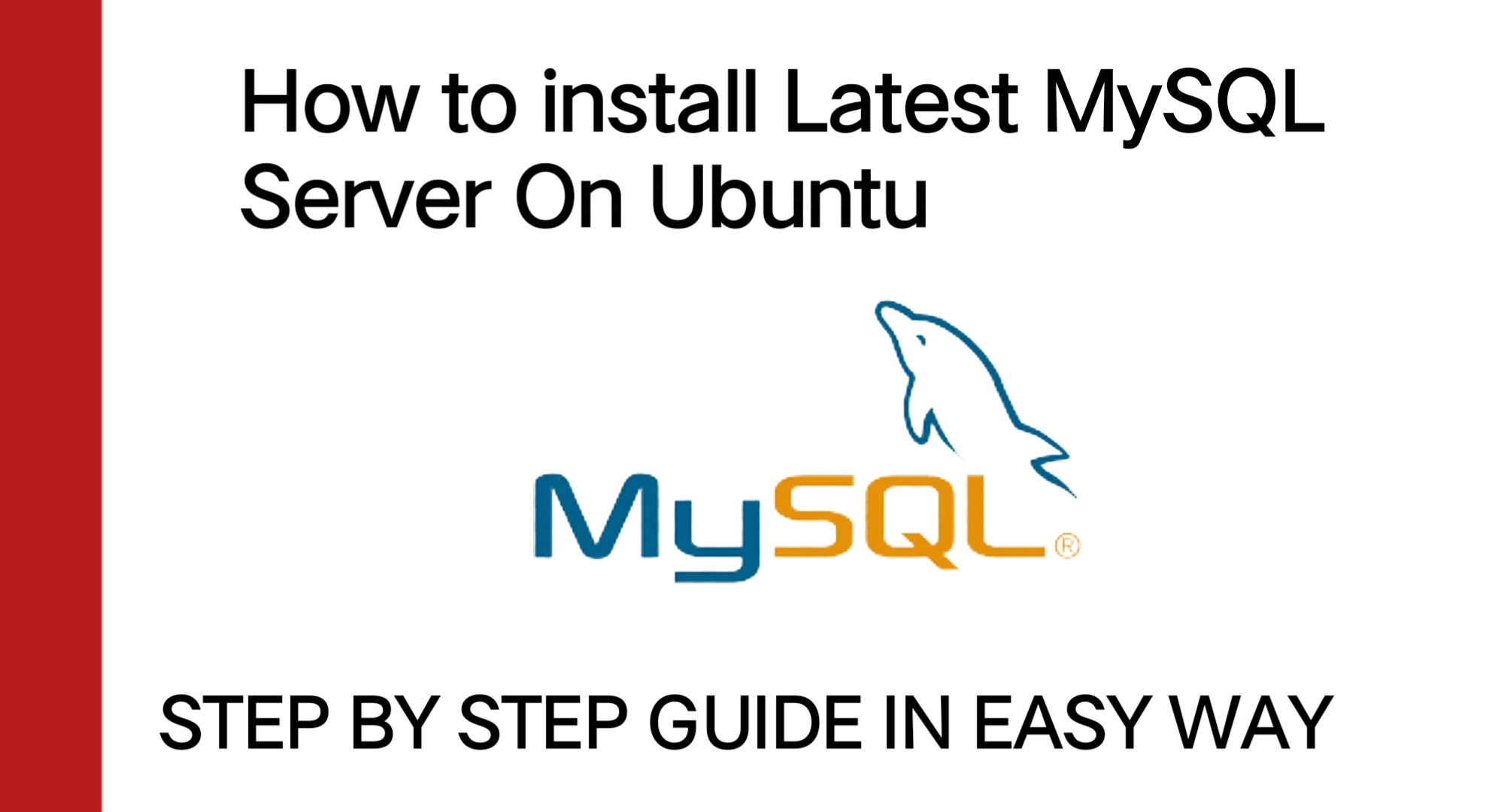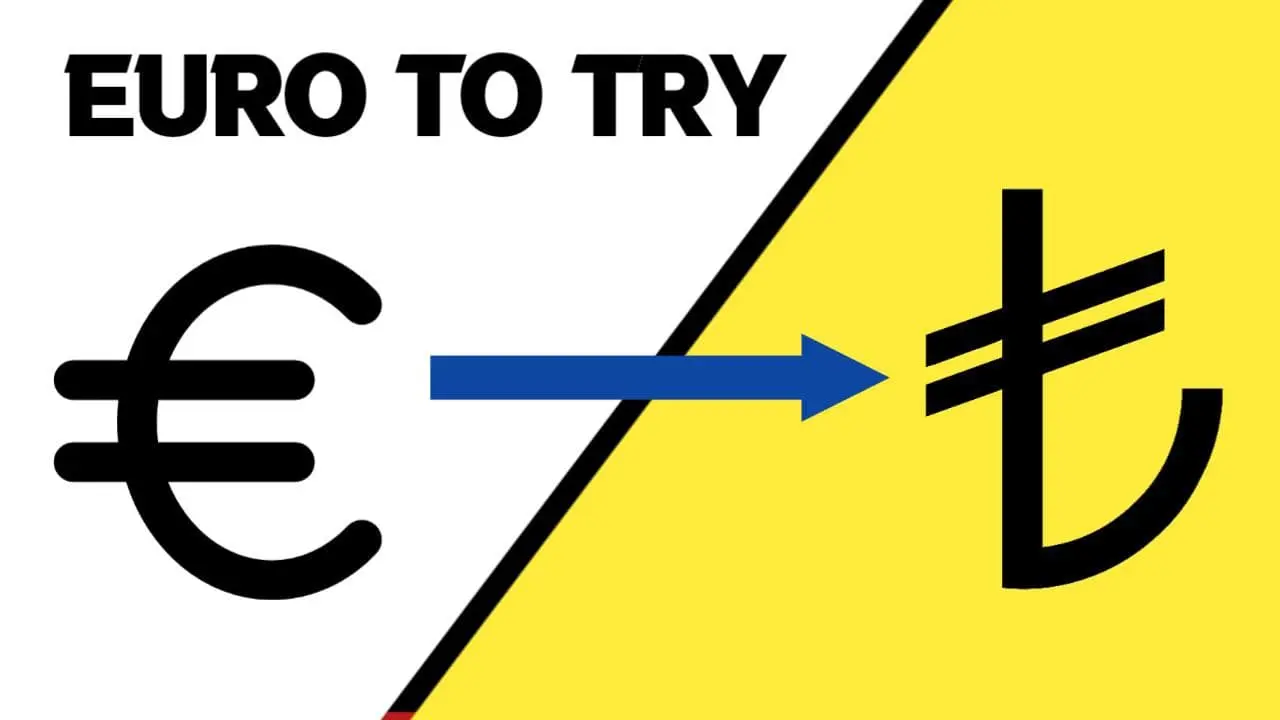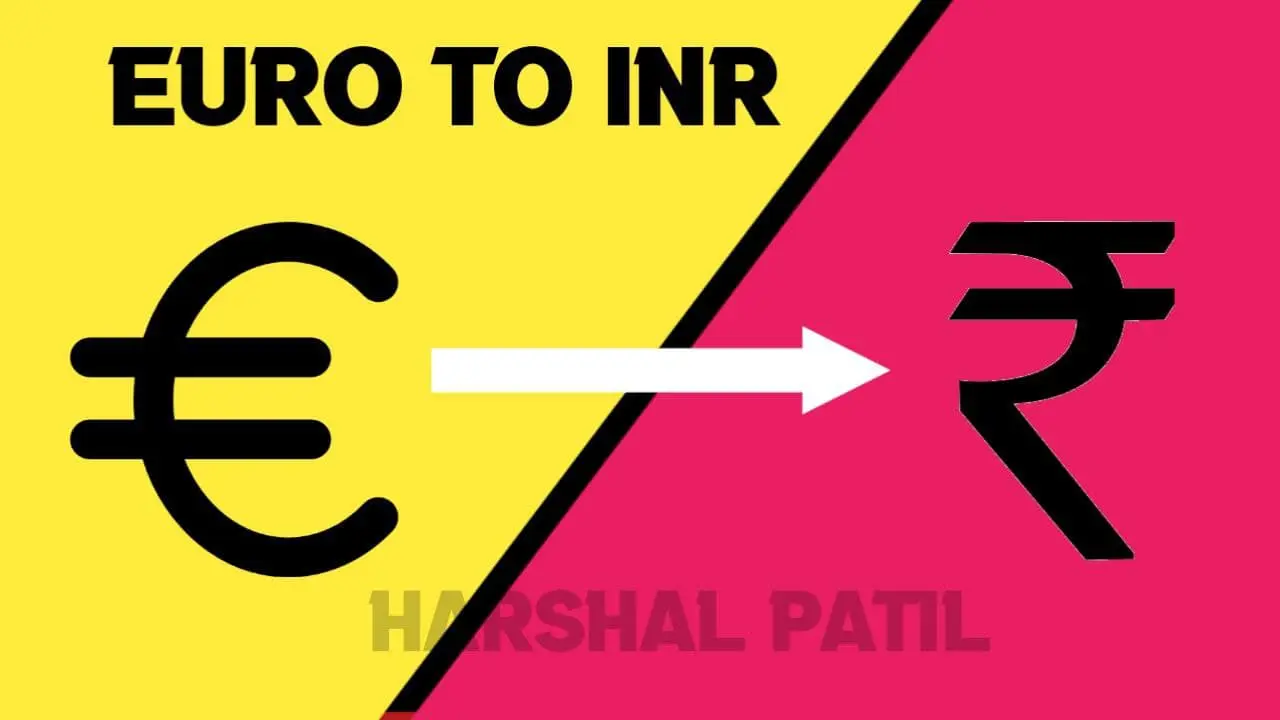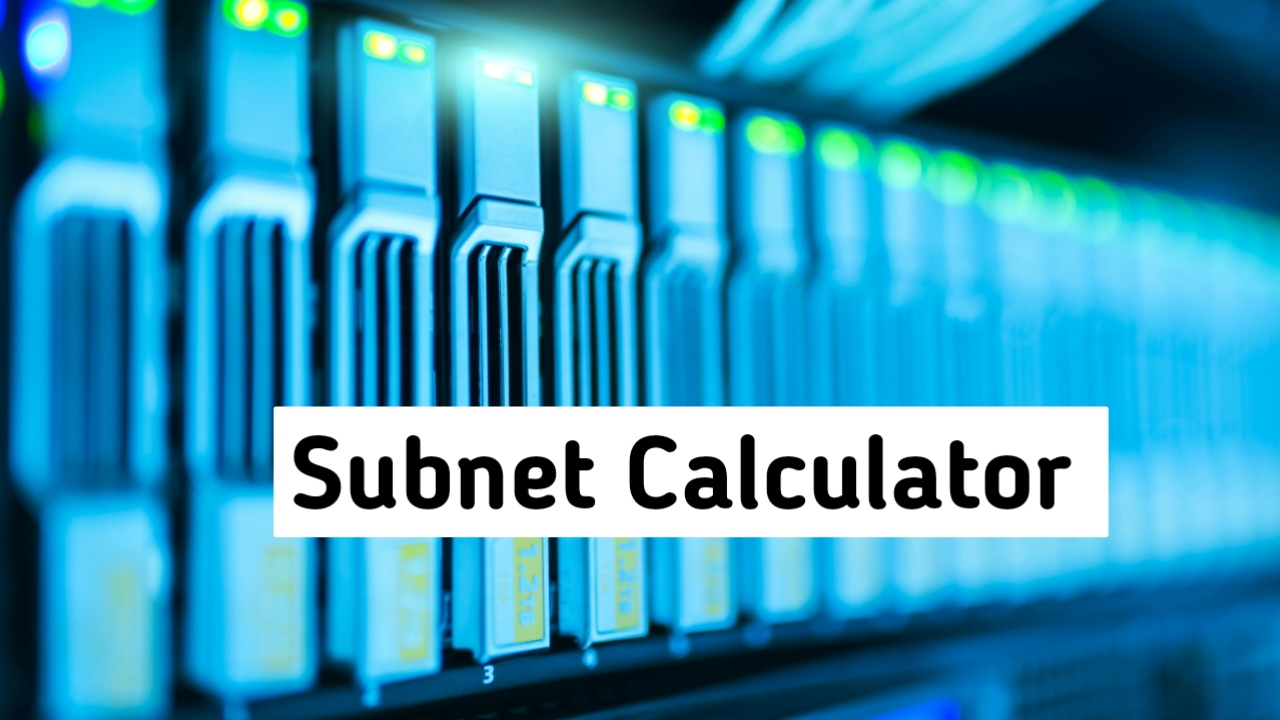Werden PEPE Coin und Shiba Inu im Jahr 2025 $1 erreichen?
PEPE Coin (PEPE) and Shiba Inu (SHIB) are two of the most widely discussed meme cryptocurrencies. While their communities hope to see these tokens climb to $1, a closer look reveals that this objective is unrealistic. However, this does not imply that these meme currencies have no profit potential. Let’s look at why hitting $1 … Weiterlesen






